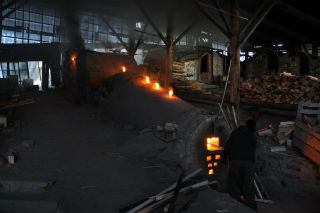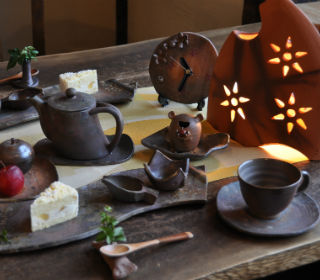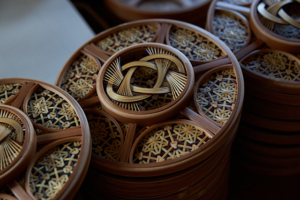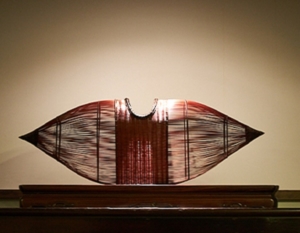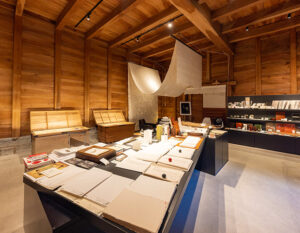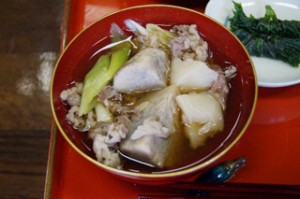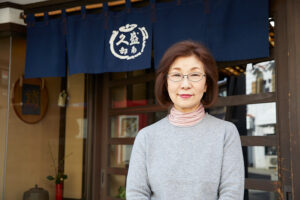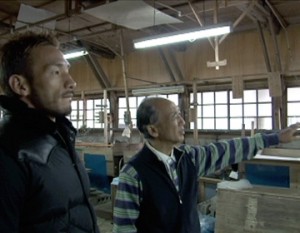The northernmost kiln for “Sue” pottery
The history of Tsugaru Kanayama ware is 30 years. Even Mashiko ware, which is considered to be relatively new, is said to have started during the latter Edo period, so Tsugaru Kanayama ware is quite a new form of pottery. It’s history began in 1985, when Ryoji Matsumiya built a climbing kiln at Kanayama region in Goshogawara City.
In Goshogawara City, ”Maedanome” old kiln group was discovered. It is famous for being the Japan’s northernmost ”Sue” ware production site. ”Sue” ware is a pottery that was made from the Tumulus period to the Heian period. It is not made by open burning like ”Hajiki” ware, but is baked at a high temperature with a hole kiln. It is said that pottery made at ”Maedanome” old kiln group was shipped to Hokkaido as well as the Tsugaru region.

Rustic and warm feeling
It is said that ”Sue” ware production existed until around the 10th century. Pottery of Aomori was discontinued around that time. For about 1000 years since then, Aomori ceased to be a large-scale production center. Then the climbing kiln was created, and Tsugaru Kanayama ware production reemerged as Aomori pottery.
The characteristic of Kanayama ware which is strongly influenced by ”Sue” ware is its simplicity. Without using any glaze, Kanayama ware is carefully baked in the climbing kiln at a very high 1300 degrees. Using this technique called densification, the pottery comes out with a deep and unique texture. Also, another feature is that the pine ash which is used for fuel, and temperature of the fire and other conditions cause a variety of patterns to emerge. The appearance that nature brings about is somewhat nostalgic and heartwarming. The pieces have been exhibited in Japan and abroad, and is gaining a high reputation.

The “new” tradition born in Aomori
Matsuyama told us that the soil and pine used as fuel when producing Kanayama ware are all from Aomori. The quality clay deposited on the bottom of the Otameike basin in Kanayama. Japanese red pine that grows in the forest. ”There is enough rich nature here for the potters to work for the next 500 years.” (Matsumiya). A ”new tradition” is born that takes advantage of nature. In order for the ”new” to become a ”tradition”, many people need to know about it, and the number of people who create also needs to increase. Tsugaru Kanayama Ware Association has undertaken steps to spread awareness for the craft. In 1991, they started training ceramic artists, and in the same year, they held a three month course for beginners in Tsugaru Kanayama ware creation. They also began to spread awareness on a global scale by hosting the Aomori World Firewood Kiln Tournament.
The ”new” ceramic village created in Aomori will eventually become a ”traditional” ceramic village. Tradition is not only inherited, it can also be made.
